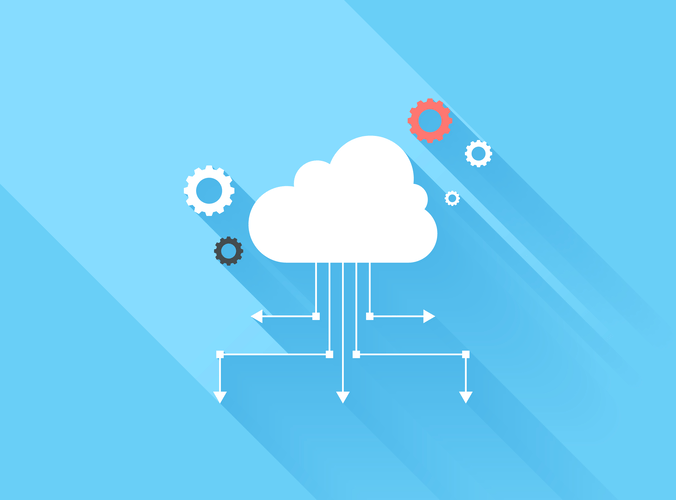Fortunately, ecommerce companies don’t need as many text-only pages as other websites. These sites are designed to go above and beyond the competition by utilizing interactive elements, high-resolution images, videos, and a whole range of intuitive features. But at the same time, each page will pay for itself quickly with how many products you sell. He’s has more than 20 years of experience in SEO, paid search, eCommerce and digital marketing.

A domain name should ideally be the name of your company, that has to be memorable and easily pronounced. The name should be something that does not already exist as it creates issues while registering. It is given that any project that is to be carried out at a high level will be achieved only if we know what to get as a result. This should be conveyed well to the developers to avoid any disappointment. Online shopping has shown a sharp rise with the rise in technologies.
Small online stores
In fact, at a later stage, you could invest in your own servers and ensure that all the information is kept in-house. This is a high expense that can range from $5,000 to $20,000 per year. When it comes to marketing your business, you can either hire an agency or choose to go the DIY way. It’s important to note that Shopify charges 2.9% + 30 cents for each transaction through Shopify Payments.

This ensures you receive high-quality development services without the overheads of a traditional hiring process. A cloud-based ecommerce platform that offers an all-in-one solution for businesses. Written in Ruby on Rails and is a preferred choice how to create a custom e-commerce website for businesses with limited technical expertise. Shopify offers a wide range of themes, plugins, and extensions, making it easy to customize the platform. It also offers features such as inventory management, order tracking, and payment processing.
Domain and hosting expenses - $1 to $740 a month
Or if you run a subscription box service, you might need a subscription management add-on. Understanding your customers and their behavior on your site is crucial for growth. While many eCommerce platforms offer built-in analytics, more advanced reporting tools like Google Analytics or Tableau may involve additional costs. Therefore, in your estimated costs to build an ecommerce website, you might want to factor in even the labor rates for such professionals. Their deeply customized ecommerce platforms often require some technical configurations to fully integrate additional features. There are various methodologies you could use to set up those custom features, and each has its own impact on the ecommerce website costs.
In return, they're paid per project – with the average compensation rate for experienced professionals being about $100 - $150 per hour. This translates to about $4,500 - $15,000 for all your branding visual design projects. This level of configuration is only possible on self-hosted open-source ecommerce platforms like Adobe Commerce (formerly Magento), WooCommerce, and PrestaShop.
The Full Cost of Building an Ecommerce Website in 2023
A mobile-responsive website automatically adjusts to the size of the device it is being viewed on, whether it’s a desktop computer, laptop, tablet, or smartphone. This means that the layout, images, and text will automatically adjust to fit the screen size, providing an optimal viewing experience for the user. The eCommerce website development cost is not the only significant factor. So, you need to think of the payment system, namely - a payment gateway and credit card processor. For example, try using the help of sites such as Authorize.net and 2checkout.com. Announce the launch of your e-commerce store through your social media pages, guest posts on popular retail blogs in your niche, influencer marketing and to your email lists.
Custom-made sites are free from any limitations on branding, customization, scalability, etc. This is so far the best investment if a business wants to emerge as a status/brand in the domestic/international market. Self-hosting plans for custom-made sites usually range in between $75 to $10,000 per year – depending on the scale of your e-commerce website. https://www.globalcloudteam.com/ For instance, Shopify requires you to use the Shopify payment gateway and deduct 2% from every sale that is through your store. In the long run, the 2% deduction accumulates to be a huge sum, thus one must think about every tangent before hiring a third-party hosting service. SEO and Content management depend on the scale of an online business.
Got a Project in Mind? Get Started Now.
As your business grows, so too will the requirements of your website. Purchasing a domain name typically costs between $2 and $20 per year. And there are no on-site developers for you to contact for help building your site. You will need either a developer or a team of developers to build your site, a hosting partner that can host your site, and someone to integrate your tech stack.
- To sum it all up, here’s a table outlining all the ecommerce website cost estimates that we’ve covered.
- Technologies included in web development are the languages, libraries, and frameworks needed to structure the eCommerce site.
- The whole operation needs the installation of the SSL certificate - a unique virtual document, which characterizes the level of security of online store websites.
- These expenses are important considerations when writing your eCommerce business plan.
- To have a productive discussion with e-commerce experts make sure you have channelized your ideas, monetization needs from the website, and other requirements.
Some businesses need a simple site, while larger organizations need more complex features. However, a business without an eCommerce site loses out on the opportunity to serve billions around the globe. For better online visibility, you can use pay-per-click methods where you are only billed for ads that people click on. You can also leverage various eCommerce marketing tools to draw a larger audience. On social media, you can promote your brand without spending money at all.
Security
Hiring a website designer remains the most expensive option, but you won’t pay any ongoing fees unless you arrange an ongoing contract with your web designer. Your payment processing costs will depend on your eCommerce platform and the payment services you choose. He started using WordPress in 2006 and has over 16 years of experience building WordPress websites, WordPress plugins, and custom WordPress themes. His WordPress plugins and software apps are used by over 25 million websites today. Depending on the project’s scope, whether you require updates and need unique functionality, the costs of a website can vary widely.
Custom design is more expensive as it involves a team of UX/UI designers to create a unique design from scratch. It is more flexible and allows you to differentiate your brand, which might be important for mid-size to large businesses. SaaS platforms can provide a high level of performance, so you don’t have to worry about changing hosting providers as your business scales up. BigCommerce has a clean user experience that makes it easy to build beautiful websites even if you have never done it before. Once you’re all set up, BigCommerce is also easy to run through a simple shop page for adding products and managing orders. It's time to think about the shipping options you want to offer once your online store opens.
Domain and hosting
BigCommerce allows you to choose from over 65+ third-party payment gateways. These payment platforms provide a wider global reach than Shopify, but it is not as large as WooCommerce. Another advantage is that WooCommerce has extensions and integrations available even for some lesser-known regional payment services. This is a big advantage for eCommerce websites catering to customers in specific countries. By default, WooCommerce supports PayPal and Stripe payment gateways to accept credit card payments.